14 July 2025
Let’s be real — classrooms can sometimes feel like a wall of whiteboards, lectures, and yawns. If you’ve ever had to repeat “Pay attention!” more times than you can count, you’re not alone. The problem? Kids tune out when learning feels like a chore. That’s where hands-on learning comes in swinging like a superhero with a lab coat and a box of LEGO bricks.
It’s not just a buzzword. It’s the secret sauce behind sparking curiosity, keeping students engaged, and helping them actually retain what they're learning. So if you're an educator, parent, or just someone excited about making learning fun again, buckle in — we’re diving headfirst into building lesson plans that really stick.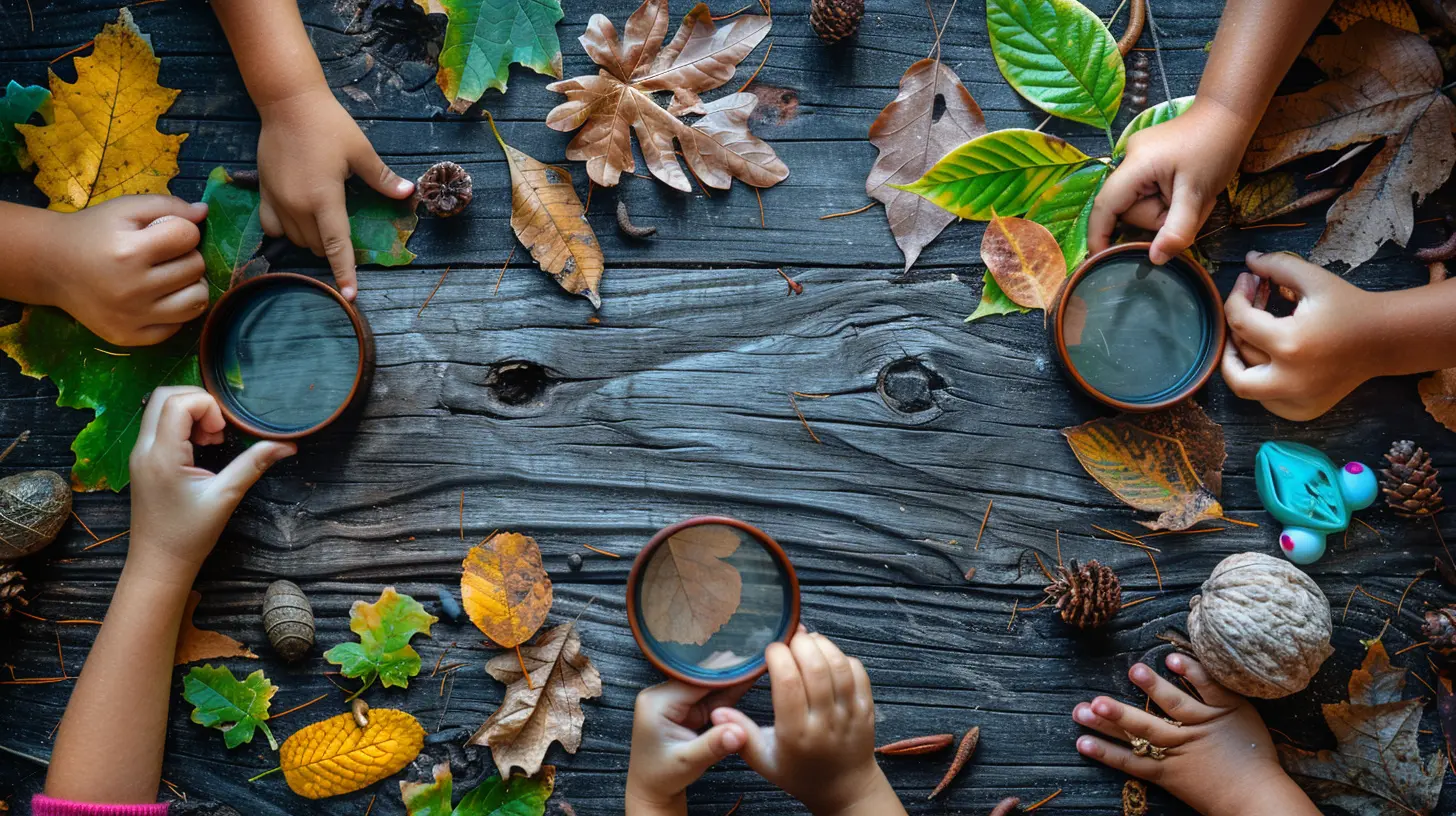
What Is Hands-On Learning, Anyway?
At its core, hands-on learning is simple: let students do instead of passively listen.Forget about cramming for tests or scribbling down what’s on the board. We're talking about projects, experiments, role-playing, building, designing, and doing all the things that make lessons jump off the page and into real life.
Remember the first time you baked something from scratch or built your first birdhouse? That “aha!” feeling when your brain lit up? That’s hands-on learning in action.
Why Hands-On Learning Rocks (According to Science and Common Sense)
We’re hardwired to learn by doing. Think about how toddlers explore the world — they touch, taste, build, and test. That approach doesn’t magically stop working at age five.Here’s why it’s so effective:
- Boosts retention – People remember 90% of what they do, compared to just 10% of what they read.
- Encourages critical thinking – Real-world tasks teach kids to plan, troubleshoot, and think outside the box.
- Inspires curiosity – Learning becomes an adventure, not a chore.
- Supports different learning styles – Especially beneficial for kinesthetic and tactile learners.
- Builds soft skills – Like teamwork, communication, and leadership.
If memory is a dusty file cabinet, hands-on learning is like hitting "save" on your brain’s desktop.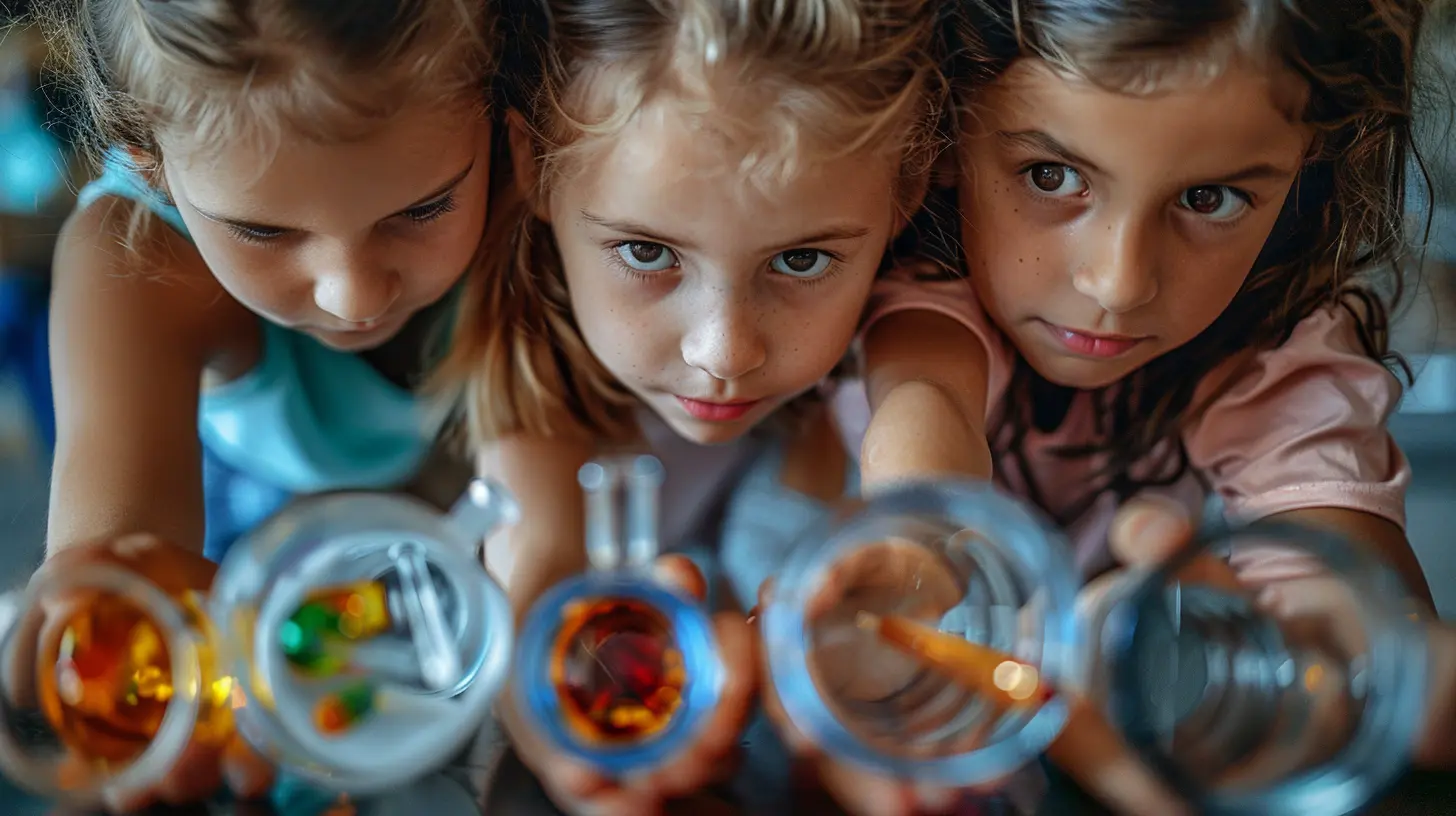
Building Lesson Plans That Spark Curiosity
So how do we move from chalk-and-talk to engaging, interactive lesson plans? The key is blending structure with freedom to explore. Let’s break down how to build lesson plans that get your students buzzing with excitement.1. Start with a Big Question
Curiosity thrives on mystery. Start each unit with a question that makes your students stop and think.Example:
Instead of “We’re going to study gravity today.”
Try: “Why don’t astronauts float away when they’re on the moon?”
This simple shift invites students into the lesson — not as passive listeners, but as active investigators.
2. Align with Real-World Problems
Kids want to know why something matters. When you fold real-life applications into your lessons, you give them a reason to care.For instance:
- In math, calculate the food needs for a zoo animal’s diet.
- In science, design a water filter using household items.
- In history, re-enact a debate from the American Revolution.
You’re not teaching them content — you’re showing them how to use it.
3. Incorporate Tactile Tools & Materials
Glue sticks, clay, building blocks, circuits, spaghetti — anything that turns concepts into concrete experiences is gold.Hands-on learning doesn’t mean you need a fancy lab. A shoebox diorama or paper bridge challenge can be just as powerful. Choose low-cost, easy-to-find materials that keep the focus on doing, not just watching.
4. Let Them Fail (Yes, You Read That Right)
Trial and error are the bread and butter of hands-on learning. Failure isn’t a mistake — it’s a process.Encourage students to revise their approach, try new solutions, and reflect on what went wrong. That’s where the real learning happens.
Create a classroom culture where failure isn’t scary, but part of the fun. After all, no one ever built a perfect volcano model on the first try.
5. Differentiate and Give Choice
Curiosity has a voice — and it’s different for every student. Let kids chase their passions while aiming for the same learning goals.Assignments like “Build a model of a sustainable home” can allow for:
- 3D printed models
- Drawings or blueprints
- Minecraft builds
- Physical cardboard prototypes
When students have a say in how they show what they’ve learned, they’re far more invested.
Subject-Specific Lesson Plan Ideas
Alright, let’s get practical. Here are some plug-and-play lesson ideas that will inspire wide eyes and “Can we do this again tomorrow?” enthusiasm.✨ Science: DIY Science Lab
Lesson Title: Build a Cloud in a JarObjective: Understand the water cycle and condensation
Materials Needed: Jar, hot water, hairspray, ice, plate
Why It Works: It’s simple, visual, and students can make predictions. Let them tweak variables and talk about what they observe. You’re not just teaching science — you’re creating little meteorologists.
✏️ Math: The Great Paper Airplane Challenge
Lesson Title: Geometry in FlightObjective: Apply measurements and angles in design
Materials Needed: Paper, ruler, protractor, tape measure
Why It Works: Kids design planes, measure flight distance, adjust wings, and graph their results. It combines creativity with nerdy math goodness.
📚 Language Arts: Story Cubes
Lesson Title: Random AdventuresObjective: Develop narrative writing skills
Materials Needed: Dice, markers, cube templates
Why It Works: Students roll dice to randomly choose characters, settings, and conflicts. It gets them thinking on their feet and exploring new storytelling paths.
🌍 Social Studies: Time Travelers
Lesson Title: A Day in the Life of [Historical Figure]Objective: Understand key historical events through character perspective
Materials Needed: Costumes, diary templates, props
Why It Works: Students dress up, write journal entries, and act out skits. They become part of history. Trust us — they’ll never forget the Boston Tea Party after dramatizing it.
💡 STEM: Egg Drop Engineering
Lesson Title: Save the Egg!Objective: Apply physics and engineering design
Materials Needed: Eggs, straws, tape, paper, string, cardboard
Why It Works: Students create contraptions to protect an egg from a high fall. It’s messy, funny, and insanely educational.
Common Pitfalls (And How to Avoid Them)
While hands-on learning is powerful, it’s not without its growing pains. Here’s what to watch out for:- Too much freedom: Structure is key. Give clear instructions and learning goals.
- Not enough time: Build in buffer time for exploration and reflection.
- Ignoring curriculum ties: Always anchor projects to standards and objectives.
- Assessment struggles: Use checklists, rubrics, and peer reviews to evaluate learning — not just the final product.
Integrating Tech Without Losing the "Hands-On" Magic
Who says screens have to be passive? You can take hands-on learning digital with these tools:- Virtual labs (like PhET simulations)
- Stop-motion animation tools (for storytelling)
- AR/VR field trips (explore ancient ruins!)
- Coding projects (like building your own game or app)
Just make sure the tech supports the lesson — not the other way around.
The Role of the Teacher: Less Sage, More Guide
In a hands-on classroom, your title shifts from “lecturer” to “facilitator.” You’re not just delivering content — you’re coaching curiosity.Ask open-ended questions. Encourage trial and error. Step back and let your students lead.
In this model, you’re not the keeper of knowledge. You’re the adventure guide.
Final Thoughts: Let Curiosity Lead the Way
If curiosity is the fuel, then hands-on learning is the engine that drives discovery. It transforms classrooms into labs, kids into scientists, and lessons into memories.The best part? It doesn’t take a massive overhaul. Start small. One hands-on lesson a week can make a huge difference.
So throw out the worksheet. Pick up the measuring tape, grab a handful of spaghetti, and ignite some curiosity.
Because when students are touching, building, asking, and discovering — that’s when the real magic happens.

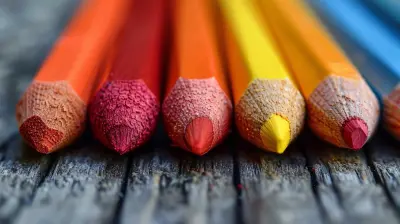
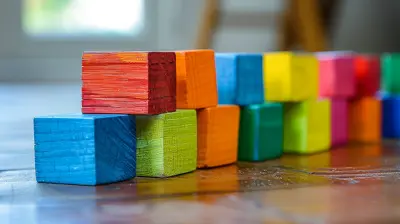
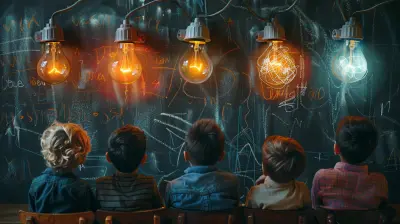
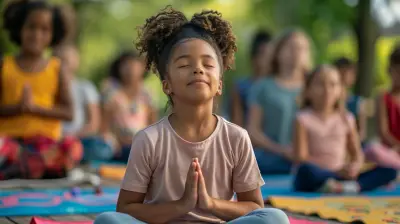
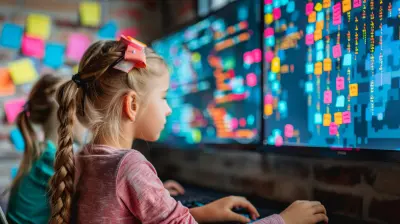

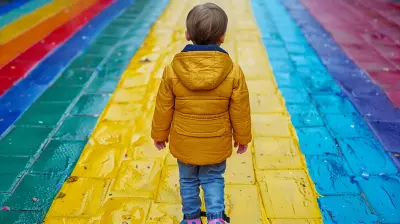
Daphne Hensley
This article beautifully highlights the importance of hands-on learning in fostering curiosity. The lesson plans presented are not only engaging but also adaptable, making them valuable resources for educators. I appreciate the focus on inspiring students to explore and discover. Thank you for sharing these ideas!
November 23, 2025 at 3:42 AM